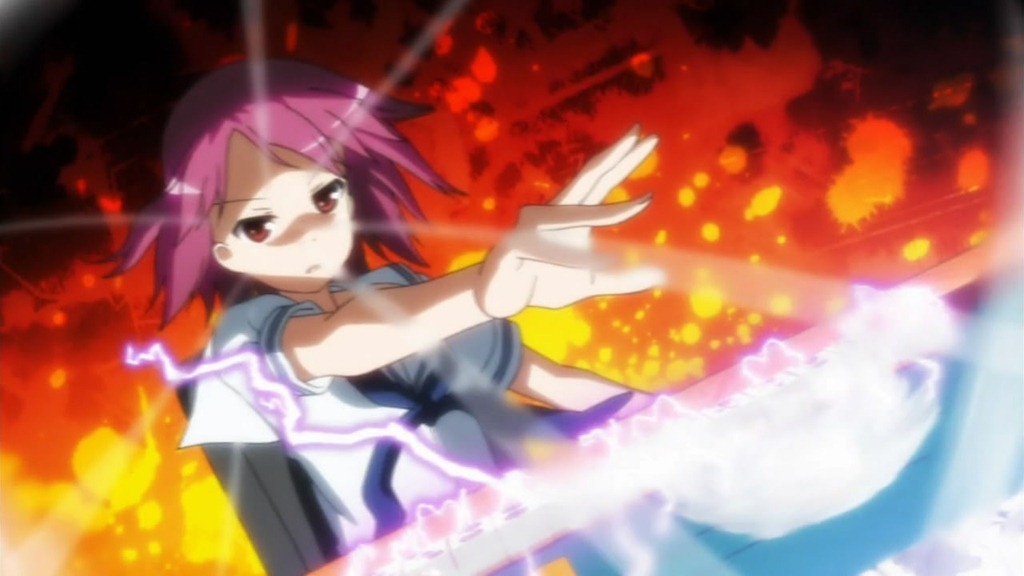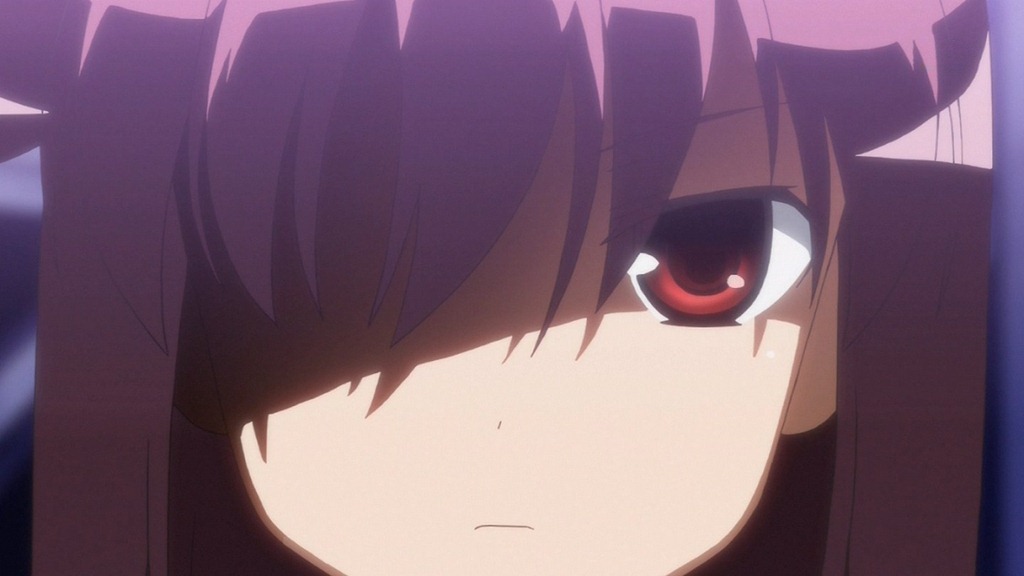People say many things about Kawahara Reki, but almost never that he is a good writer. This is quite puzzling, as we are talking about the probably most important light novel writer of 2012 – the author of two long-running light novel series (one of which took first place in this year’s "Kono Raito Noberu ga Sugoi!" ranking) that got turned into two equally successful anime series. It stands to reason that Kawahara is doing something right, even as he gets continuously bashed for his clichéd plots or simplistic villains. What is it that gets him his faithful readers?
First of all, Kawahara Reki keeps to a highly specialized topic matter – multiplayer game worlds and the people playing them. By this, he establishes a unique identity among light novel authors that allows his works to stand out in this highly homogenous field. His two series are different from most others but at the same time similar to each other. This makes it highly likely that supporters of one of his series will reach for, and find themselves satisfied with, the other one. Both of Kawahara’s series add to the other’s strength. The author keeps a delicate balance of familiarity and novelty between the two series – the topic matter is highly similar in both, but there are also at least two important differences. One of them is the main character. In Accel World, Haruyuki is the eternal underdog, easy to sympathize and identify with because of all his failings. In Sword Art Online, Kirito is the unmatched champion, vehicle of chuunibyou fantasies. Kawahara takes full advantage of those opposing character archetypes and thus caters to a wide range of needs of his audience.
Another difference is how while the characters of SAO slip into the world of online games, in AW it is the Brain Burst program itself that invades the everyday lives of its players. This slight difference is actually key to keeping the settings in Kawahara’s novels from overlapping. This in turn lets him give the stories longevity through constant exploration of the settings. The ability to churn out more volumes without losing steam is what makes or breaks a light novel series, but it is easy to see that Kawahara’s overarching plots alone would probably not be enough to glue his series together. In SAO, the characters’ only initial goal, getting out of the game alive, is accomplished within the first novel. In AW, Kuroyukihime’s crusade against the other kings seems at first to be the main plotline, but it soon enough takes a backseat to other developments. The novels maintain their continuity not through their conflicts, but the characters and the worlds they live in.
Another case where Kawahara shows his understanding of the workings of a contemporary light novel is his treatment of female characters. One of the main reasons why recent light novel series are so alike is that most of them follow a tried-and-true formula of introducing a new potential love interest in every volume. This lets authors keep things fresh even without breaking new ground, takes advantage of the illustrations that go along with a light novel, fits right in with the semi-episodic nature of the genre and is an easy way to just go through most of the common character archetypes while maintaining a decent level of popularity. While this might be the perfect recipe to write a mediocre light novel, there is no denying how potent the pattern is. Here, Kawahara’s novels set themselves apart form the main trend by featuring clear-cut main couples that progress swiftly to the “official status”, with confessions in the initial volumes of both series. But even with an established main couple and a faithful protagonist, Kawahara does not turn a blind eye to the potential of the golden pattern, finding ways to create tender (if not necessarily romantic) moments between the hero and an ever-expanding cast of female characters. Which is not to say that Kawahara mistreats his female fans. Without spoiling too much, there’s even a scene in one of the later AW novels with Takumu straddling Haruyuki on a bed and demanding for Haru to “mess him up”. While the actual significance of the scene might not be exactly what it seems, it is not entirely impossible that this is Kawahara’s way of nodding towards the yaoi enthusiasts among his readers, showing the great width of his target audience.
If nothing else, Kawahara Reki knows exactly what his readers want, and he delivers. Critics might not see his works as worthwhile, but would the tens of thousands of his fans agree?






































